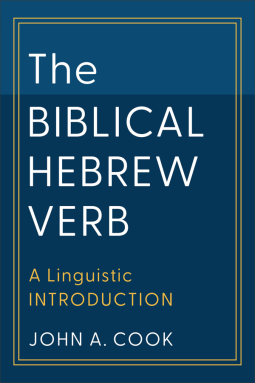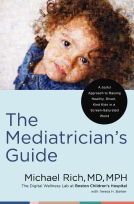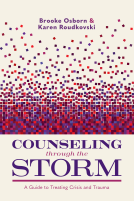
The Biblical Hebrew Verb
A Linguistic Introduction
by John A. Cook
This title was previously available on NetGalley and is now archived.
Send NetGalley books directly to your Kindle or Kindle app
1
To read on a Kindle or Kindle app, please add kindle@netgalley.com as an approved email address to receive files in your Amazon account. Click here for step-by-step instructions.
2
Also find your Kindle email address within your Amazon account, and enter it here.
Pub Date Nov 19 2024 | Archive Date Dec 17 2024
Baker Academic & Brazos Press | Baker Academic
Talking about this book? Use #TheBiblicalHebrewVerb #NetGalley. More hashtag tips!
Description
Cook has spent a quarter of a century working on the Biblical Hebrew verbal system. Building on and simplifying the author's much-discussed technical work, this book offers an accessible linguistic treatment of the Biblical Hebrew verb in all its facets. Cook illustrates his analysis with over two hundred fifty example passages and gives references to additional similar passages. The examples range from individual clauses and verses to longer portions in order to show how verbs interact with each other in larger stretches of text. A glossary of linguistic terms further facilitates understanding of the book's linguistic analysis.
The Biblical Hebrew Verb will be useful as a supplementary textbook in both grammar and exegesis courses.
Advance Praise
“With a plethora of figures and examples, Cook introduces the reader to the subtleties of the ancient Hebrew verb and the varieties of its recent linguistic analysis. His presentation succeeds in summarizing and succinctly explaining many alternative descriptions of the verbal system. Both the seasoned expert in the Hebrew Bible and those with less experience will learn a great deal here. This volume will be a valuable tool in my own future research and teaching.”—Eric D. Reymond, senior lector in Biblical Hebrew, Yale Divinity School
“Building on his earlier works on the verbal system, Cook’s new publication offers a comprehensive linguistic analysis of all verb forms attested in the Hebrew Bible. The book brings together the latest scholarship on the topic and provides copious examples from prose and poetry. Highly recommended for serious students and scholars of Biblical Hebrew.”—Hélène M. Dallaire, Earl S. Kalland Professor of Old Testament and Semitic Languages, Denver Seminary
“With a rich background in both academic research and teaching, Cook skillfully bridges the gap between basic learning and scholarly analysis. His work stands out for its clarity and practical application, making complex linguistic theories accessible. Cook’s insights into the Biblical Hebrew verb system are invaluable, offering an essential resource for both students and scholars seeking a deeper understanding of the language.”—Elitzur A. Bar-Asher Siegal, professor, Hebrew University of Jerusalem
“Students looking for direction in demystifying verbal syntax and semantics will find a valuable resource in this volume. Cook brings together his extensive insight as a scholar and his years of experience as a teacher to help readers better understand the Biblical Hebrew verb. He deftly provides clear explanations of complicated grammar and linguistic discussions with extensive examples. The Biblical Hebrew Verb will prove to be a go-to presentation for years to come.”—H. H. Hardy II, professor of divinity, Beeson Divinity School, Samford University
“Cook offers an updated treatment of the Hebrew verbal system, including an accessible introduction to formal approaches to linguistic modeling and illustrating the light these can shed on ancient linguistic systems. For advanced students and specialists who want a deeper understanding of Hebrew verbal syntax and semantics, The Biblical Hebrew Verb will be a most welcome resource.”—Andrew Burlingame, assistant professor of Hebrew, Wheaton College
“Cook has written an introduction to the Biblical Hebrew verbal system intended for an intermediate level between textbooks and scholarly treatises. Without simplifying too much, several views of the verbal forms are presented, and the reader is guided to linguistically sound and reasonable explanations of the many obscure uses in the system. Cook also guides the reader to further scholarly literature and facilitates the transition to advanced-level studies.”—Bo Isaksson, professor of Semitic languages, Uppsala University
Available Editions
| EDITION | Other Format |
| ISBN | 9781540961129 |
| PRICE | $34.99 (USD) |
| PAGES | 352 |
Available on NetGalley
Average rating from 4 members
Readers who liked this book also liked:
Harold Earls, IV; Rachel Earls
Biographies & Memoirs, Parenting, Families, Relationships


















